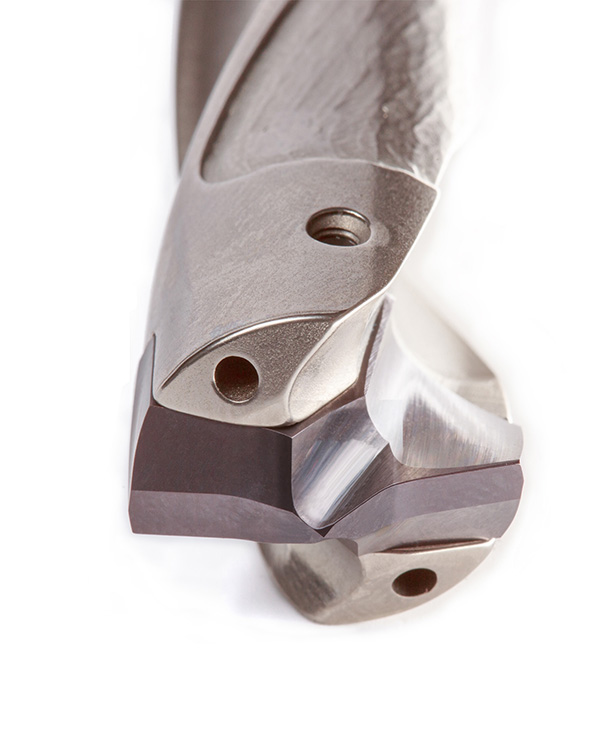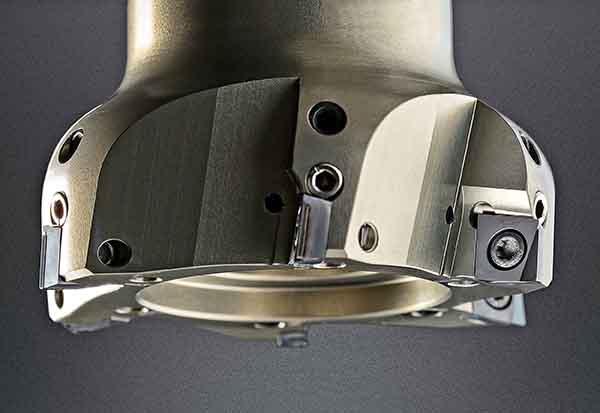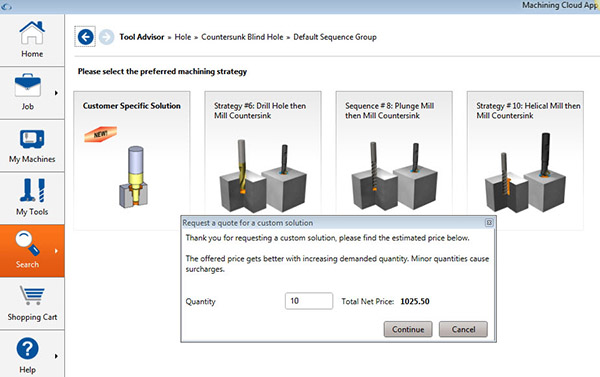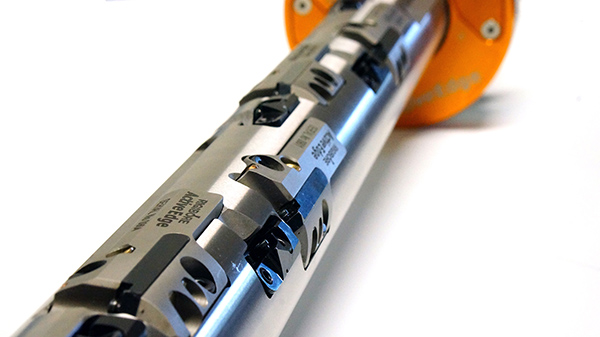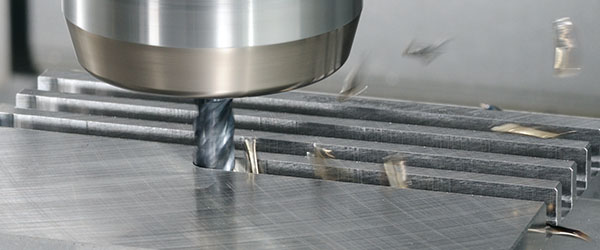A solution has been developed by Mapal for producing the small connecting pin bore on automotive connecting rods.

The newly developed tool is suitable for wet or MQL machining operations, on transfer lines or machining centres.
Within automotive engines, connecting rods are highly stressed components. To take account of downsizing trends and the reduction of CO2 emissions, connecting rods are also becoming increasingly lighter. Indeed, the combination of high-strength materials and modern production processes has seen modern connecting rods change shape and dimension.
During the machining of connecting rods, the small connecting pin bore is a particular challenge. Depending on the geometry, there are completely different drilling situations that cater for the connecting rod’s forms, flats and conical/spherical surfaces. Especially for this type of machining, Mapal has developed a modular tool concept for drilling from solid with indexable inserts. The introduction of radially integrated, sintered indexable inserts – each with four cutting edges – can now be applied to such operations.
Mapal has designed the indexable inserts and chip spaces to meet the special requirements of the different drilling applications. The insert materials and composition have also been adapted. Among other things, the newly developed CVD coating is applied to combine the previously opposing high ductility and high wear resistance parameters. As a result, there now exists the potential to machine at significantly higher cutting speeds than before.
The tool body of the range is made from an optimised material that produces significantly less vibration. Furthermore, a central coolant supply in the holder ensures the optimum provision of coolant directly to the cutting edges.
For further information www.mapal.com






